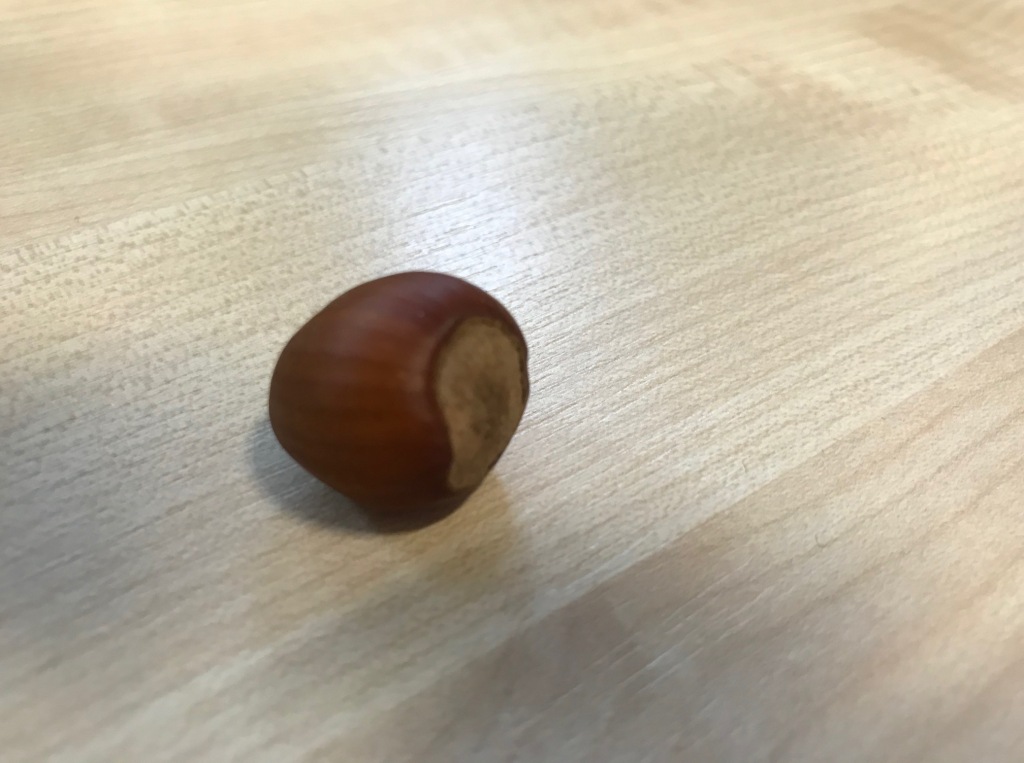On the window sill by my desk in the church office sits a hazelnut. I was given it last month when visiting the church of St Julian in Norwich.

In that church, centuries ago, lived an anchoress – a kind of female Christian hermit – whom we do not know by name, but rather by the name of the church where she lived and prayed – Julian of Norwich.
She had visions from God and wrote them down – the earliest writings by a woman in the English language of which we are aware. She wrote:
“And in this he showed me a little thing, the quantity of a hazel nut, lying in the palm of my hand, as it seemed. And it was as round as any ball. I looked upon it with the eye of my understanding, and thought, ‘What may this be?’ And it was answered generally thus, ‘It is all that is made.’ I marvelled how it might last, for I thought it might suddenly have fallen to nothing for littleness. And I was answered in my understanding: It lasts and ever shall, for God loves it. And so have all things their beginning by the love of God.
“In this little thing I saw three properties. The first is that God made it. The second that God loves it. And the third, that God keeps it.”
And another, and perhaps even more famous, quotation seems apt for our times:
“All shall be well, and all shall be well, and all manner of thing shall be well.”
